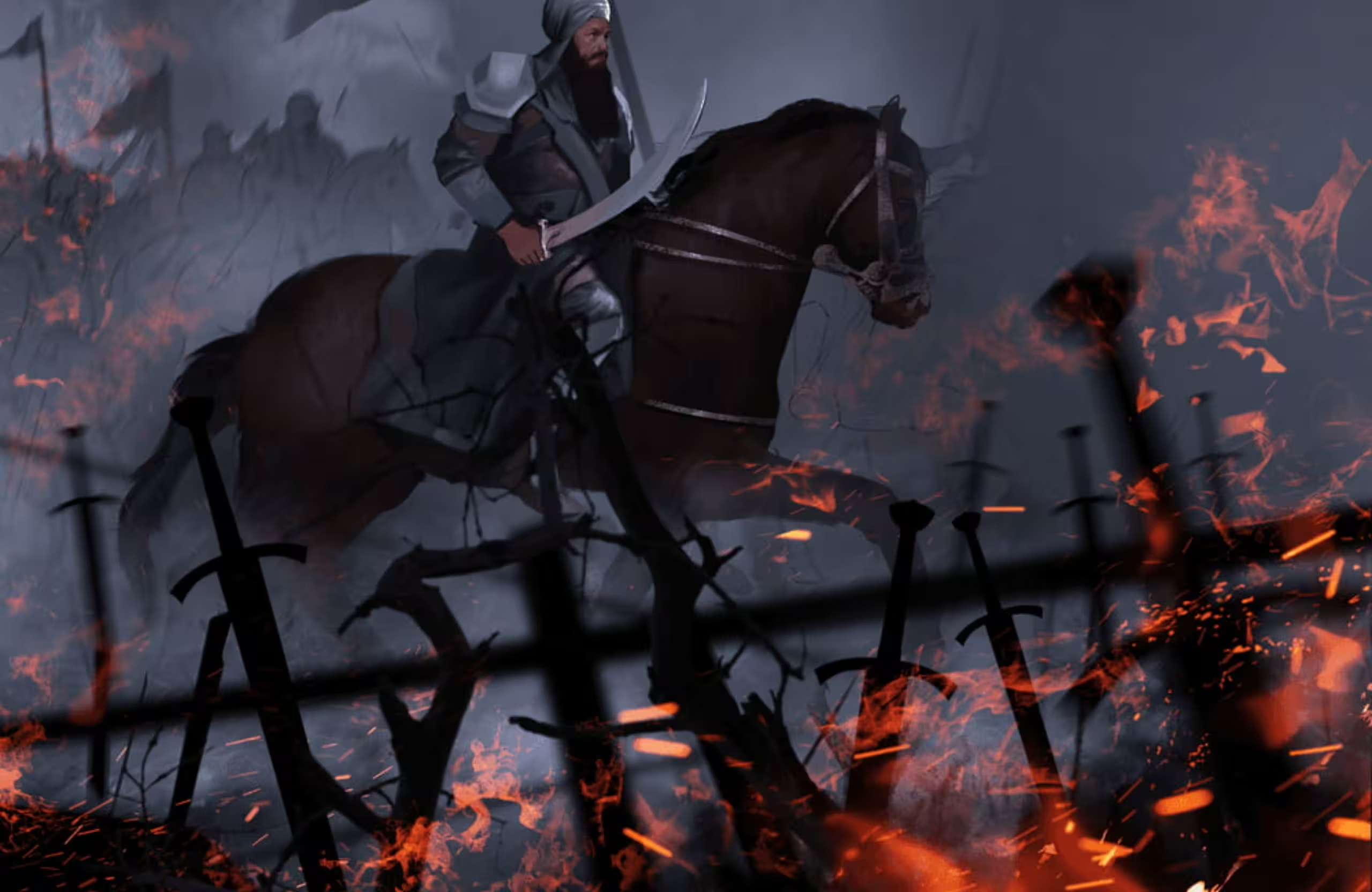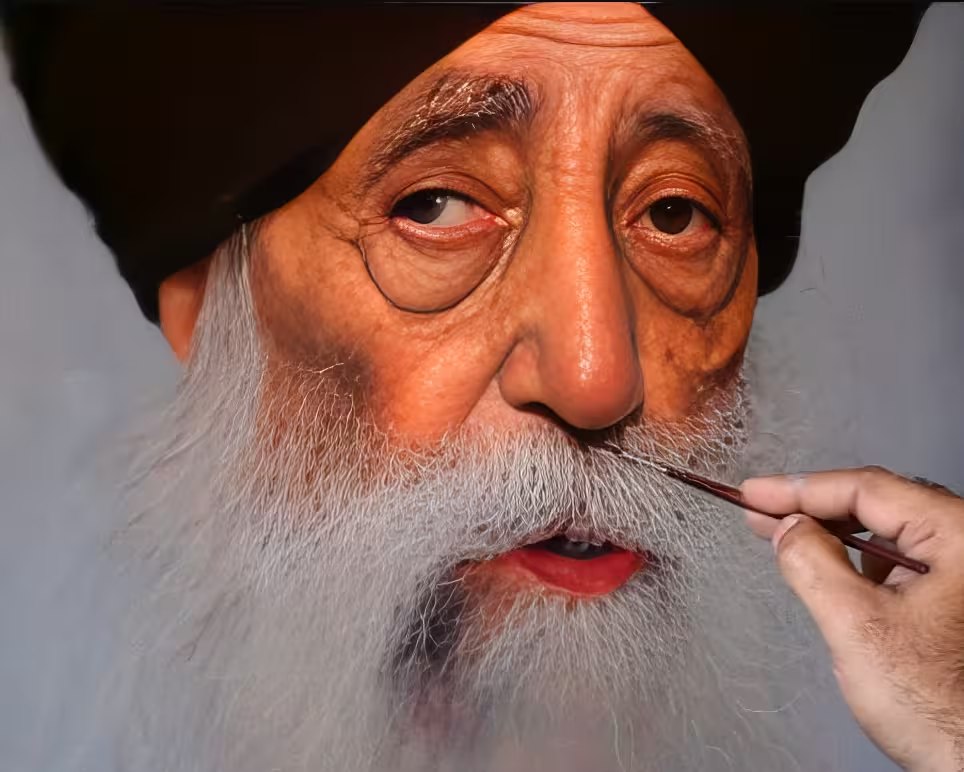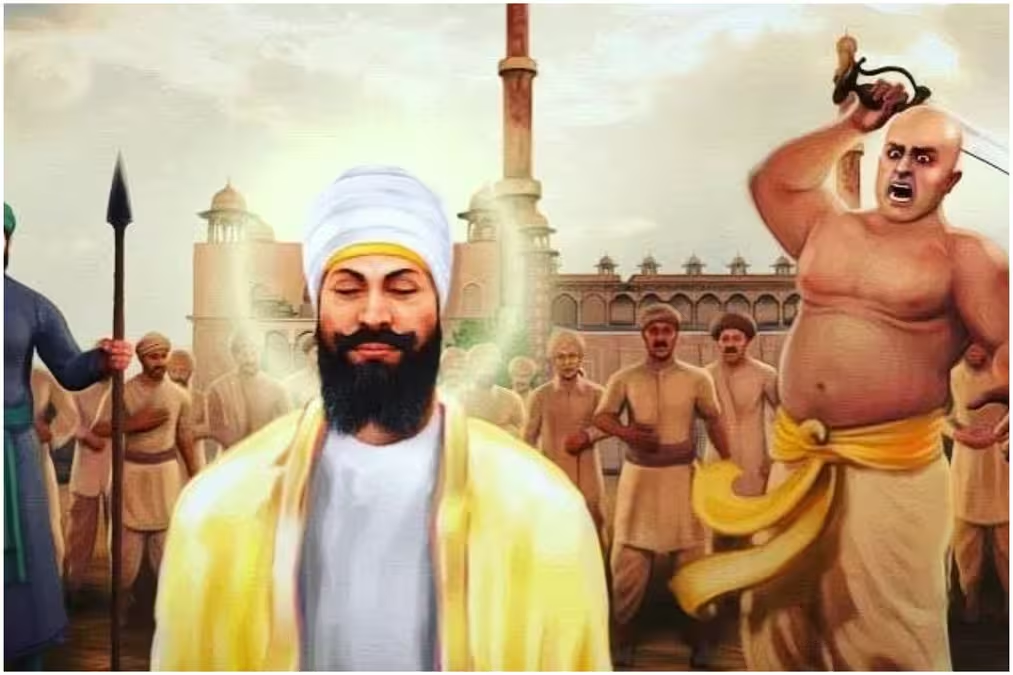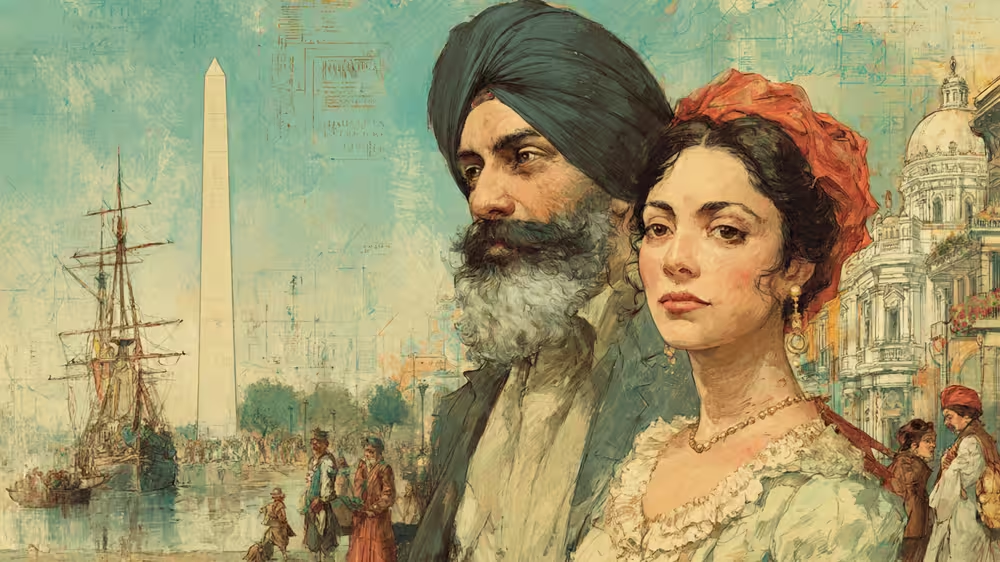Sikhs in Europe: A Historical and Cultural Overview
🧭 Introduction
Sikhs have established a growing presence in Europe over the past century, forming vibrant communities that contribute to local economies, cultures, and civic life. From the earliest migrants seeking work or refuge to modern-day professionals and entrepreneurs, the Sikh diaspora in Europe reflects resilience, integration, and a commitment to their distinct identity.
Timeline of Sikh Migration to Europe
- Early 20th Century: Sikh soldiers serve in British and French forces during World War I.
- Post-WWII (1950s–70s): Economic migration to the UK, followed by arrivals in Italy, Germany, and France.
- 1990s–2000s: Sikh professionals, students, and families move to Western and Northern Europe.
- 2010s–Present: New communities develop in Eastern Europe, driven by business and education opportunities.

🎨 Cultural Contributions
& Challenges
Sikhs in Europe have enriched multicultural life through community service, festivals like Vaisakhi, and their visible identity rooted in the turban and uncut hair. However, many also face misunderstanding, stereotyping, and challenges related to religious freedoms—especially in regions unfamiliar with Sikhism.
Sikhs actively participate in interfaith dialogues and humanitarian efforts, helping bridge cultural gaps.
Sikh youth in Europe are increasingly engaged in civic and political life, advocating for inclusion and awareness.
Legal battles over turbans and kirpans in schools and workplaces highlight ongoing struggles for religious accommodation.
Still, the community continues to thrive, contributing to Europe’s evolving identity while preserving their distinct heritage.
-
Sikhs in Malaysia: A Tapestry of Courage, Faith, and Unyielding Spirit Welcome to Global Sikhi Wiki, your comprehensive resource for exploring Sikh history, culture, and global communities. Today, we delve
-
Sikhs in Germany – Building Faith and Community in Modern Europe Germany, the land of poets, philosophers, and thinkers, is home to one of the lesser-known yet deeply rooted Sikh
-
Two Sikh soldiers using a Bren light machine gun in the World War II (Italian campaign) near Villa Grande (15 January 1944) Sikhs in Italy: A Journey of Faith, Hard
-
Sikhs in UK : A Historical and Cultural Overview 🧭 Introduction Sikhs in UK - The United Kingdom holds a special place in the Sikh diaspora's journey. It is home















